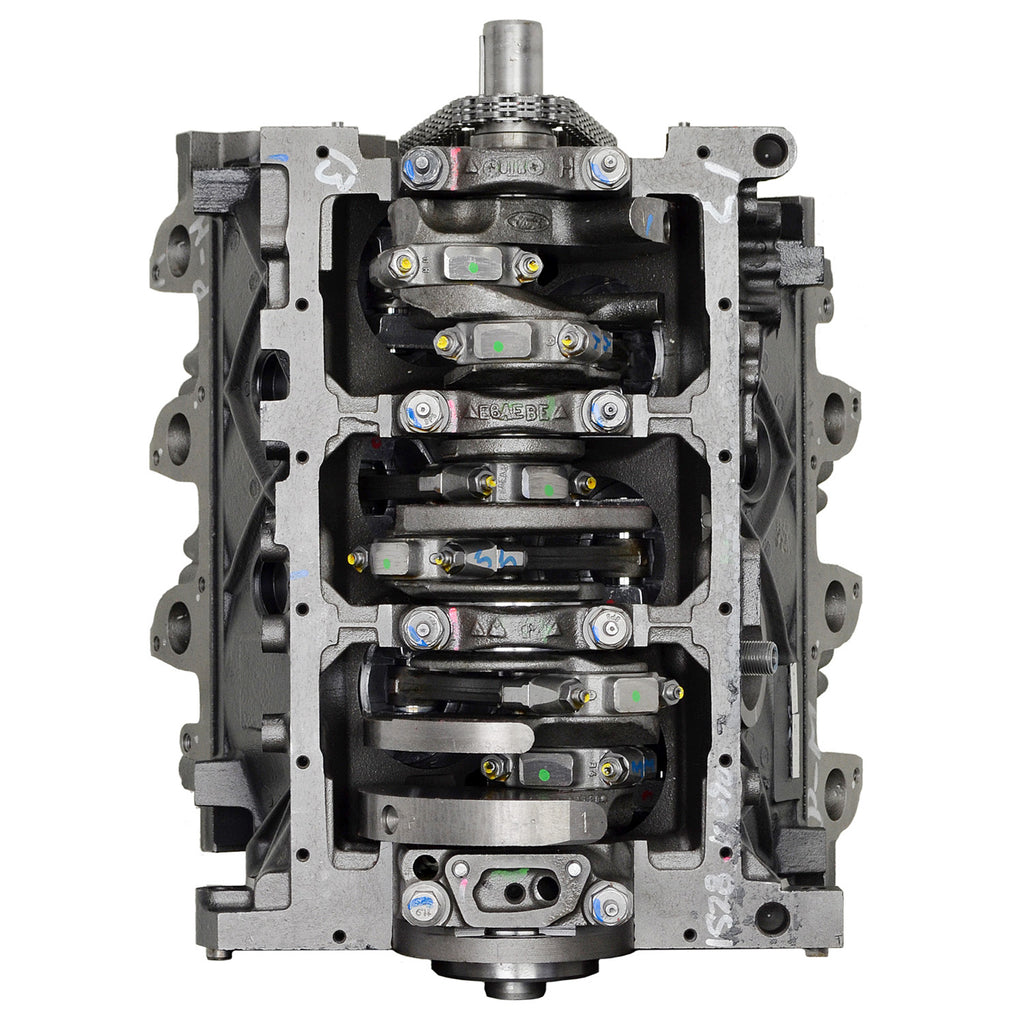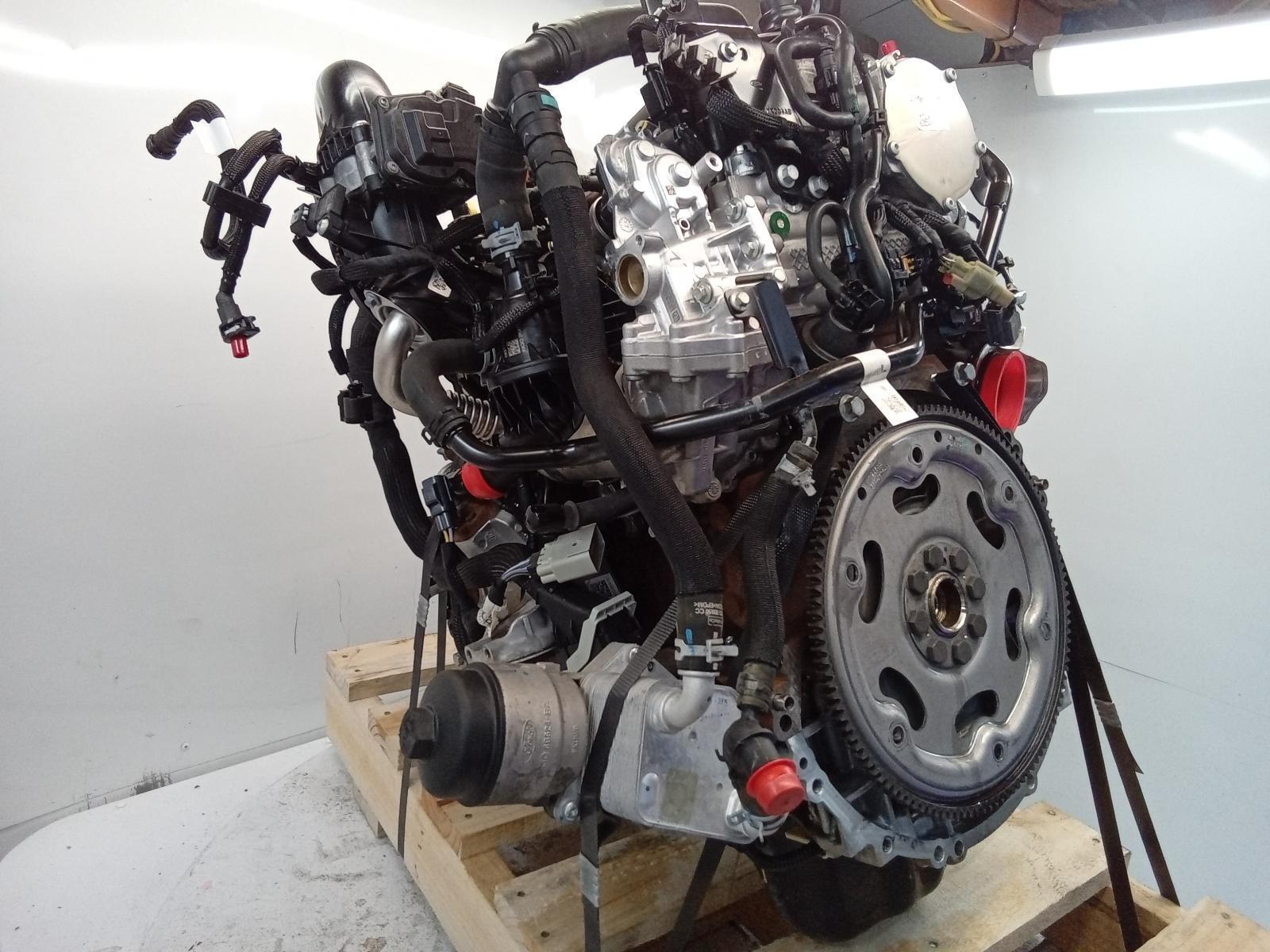Explore the Key Features of the 2.2 Ford Ranger Engine and Its Fuel Efficiency
Explore the Key Features of the 2.2 Ford Ranger Engine and Its Fuel Efficiency
Blog Article
Understanding the Essentials of Auto Engines: Functions, types, and functions

Review of Car Engines
An automobile engine acts as the heart of an automobile, converting gas into power to thrust it onward. This intricate system comprises different components that operate in unison to ensure ideal performance and efficiency. The basic operation of an automobile engine involves the interior combustion process, in which fuel and air are blended, ignited, and expelled to produce power.
The engine's layout can dramatically impact its efficiency, gas effectiveness, and exhausts. Key parts include the cyndrical tube block, pistons, crankshaft, and camshaft, each playing a crucial duty in the engine's total function.
Along with these components, engines usually utilize various systems such as fuel shot, ignition, and cooling down systems to improve efficiency and durability. Understanding the basic mechanics of car engines is essential for identifying concerns and executing upkeep, ultimately contributing to the car's integrity and effectiveness gradually.

Kinds Of Cars And Truck Engines
Automobile engines can be categorized into numerous kinds based upon their layout, gas type, and operational concepts. 2.2 ford ranger engine. One of the most common groups consist of inner combustion engines (ICE), electrical engines, and hybrid engines
Interior combustion engines, which can be further separated right into gasoline and diesel engines, operate by sparking a fuel-air combination to generate power. Gas engines are commonly lighter and smoother, while diesel motor are much more fuel-efficient and offer greater torque.
Electric engines utilize electrical energy kept in batteries to power an electrical motor, supplying instant torque and absolutely no discharges throughout operation. As technology advancements, electric lorries (EVs) are progressively ending up being popular for their environmental benefits and reduced running costs.
Hybrid engines integrate components of both inner burning and electrical engines, enabling flexible source of power and enhanced gas efficiency. They can run in different modes, utilizing either the fuel engine, the electric motor, or both concurrently.
Each kind of engine has distinct benefits and disadvantages, affecting their application in different car types and market segments, from small cars and trucks to sturdy trucks. Comprehending these types is necessary for making notified decisions regarding vehicle choice and efficiency expectations.
Engine Features Described
Comprehending engine functions is essential for grasping exactly how cars run successfully. At the core of any type of internal combustion engine exists the basic procedure of transforming fuel into mechanical power.
The ignition happens next, igniting the combination and developing a rapid growth of gases. This force drives the piston down throughout the power stroke, which ultimately translates into the rotational movement of the crankshaft. The exhaust stroke then expels the spent gases from the chamber, making means for a new cycle to begin.
In addition to these main features, engines likewise integrate systems that take care of cooling and lubrication, making certain ideal operational temperatures and lowering rubbing between moving components. This intricate interplay of features allows the engine to create the power necessary for car propulsion while maintaining performance and reliability. Recognizing these functions gives useful insight right into the complexities of automotive design and enhances the capability to detect and resolve engine-related problems efficiently.
Secret Engine Features
Engine style incorporates a number of vital features more tips here that significantly influence efficiency, performance, and longevity. Among the most important facets is the engine arrangement, which includes inline, V-type, and level layouts. Each setup influences the engine's size, balance, and power result, therefore influencing general lorry dynamics.
One more crucial attribute is the engine displacement, describing the total volume of all cyndrical tubes. Larger displacements generally generate even more power however may endanger fuel performance. Engine materials additionally play a crucial duty; high-strength and light-weight products, such as aluminum and magnesium alloys, enhance efficiency without including too much weight.
The kind of gas injection system utilized-- such as multi-port or direct shot-- impacts burning performance and emissions. Turbocharging and supercharging are attributes that improve engine efficiency forcibly additional air into the combustion chamber, boosting power result without significantly raising engine dimension.
Last but not least, the presence of innovative engine monitoring systems maximizes fuel-air combination and ignition timing, contributing to smoother procedure and much better gas economy. Collectively, these attributes define an engine's capacities, setting the structure for its performance and durability in an affordable automotive landscape.
Upkeep Tips for Engines
Correct engine upkeep is important for guaranteeing optimal performance and long life, as overlooking routine like this care can bring about significant issues down the line. To maintain your engine effectively, start with regular oil adjustments, typically every 3,000 to 7,500 miles, depending upon the kind of oil used. Fresh oil lubes engine components, lowering rubbing and wear.
Furthermore, checking coolant degrees is essential to protect against getting too hot. Ensure that the coolant is covered up and remains in great condition to maintain effective temperature law. Frequently change and inspect air and fuel filters, as clogged up filters can impede air movement and fuel delivery, compromising engine effectiveness.
In addition, pay attention to spark plugs and ignition systems. Defective or used ignition system can lead to misfiring and decreased performance. see here now Checking the battery terminals and connections for deterioration is also crucial, as a weak battery can impact engine beginning.

Final Thought
In recap, an extensive understanding of vehicle engines includes numerous types, features, and essential functions that considerably influence lorry efficiency. Internal burning engines, together with hybrid and electrical choices, demonstrate varied devices for energy conversion. 2.2 ford ranger engine. Acknowledging the vital features, such as intake and exhaust cycles, together with critical engine features like setup and gas shot systems, gears up automobile proprietors with the knowledge required for efficient upkeep and procedure, inevitably enhancing lorry long life and performance
A cars and truck engine offers as the heart of a car, converting fuel right into mechanical energy to push it ahead. The basic procedure of an automobile engine entails the inner burning process, in which gas and air are blended, fired up, and expelled to create power.
Routinely check and replace air and gas filters, as stopped up filters can hinder air flow and fuel distribution, endangering engine effectiveness. - 2.2 ford ranger engine
In summary, a thorough understanding of vehicle engines encompasses numerous types, functions, and vital functions that dramatically influence car performance. Acknowledging the vital features, such as intake and exhaust cycles, together with vital engine features like configuration and gas injection systems, outfits car proprietors with the knowledge necessary for reliable maintenance and procedure, eventually boosting automobile long life and efficiency.
Report this page